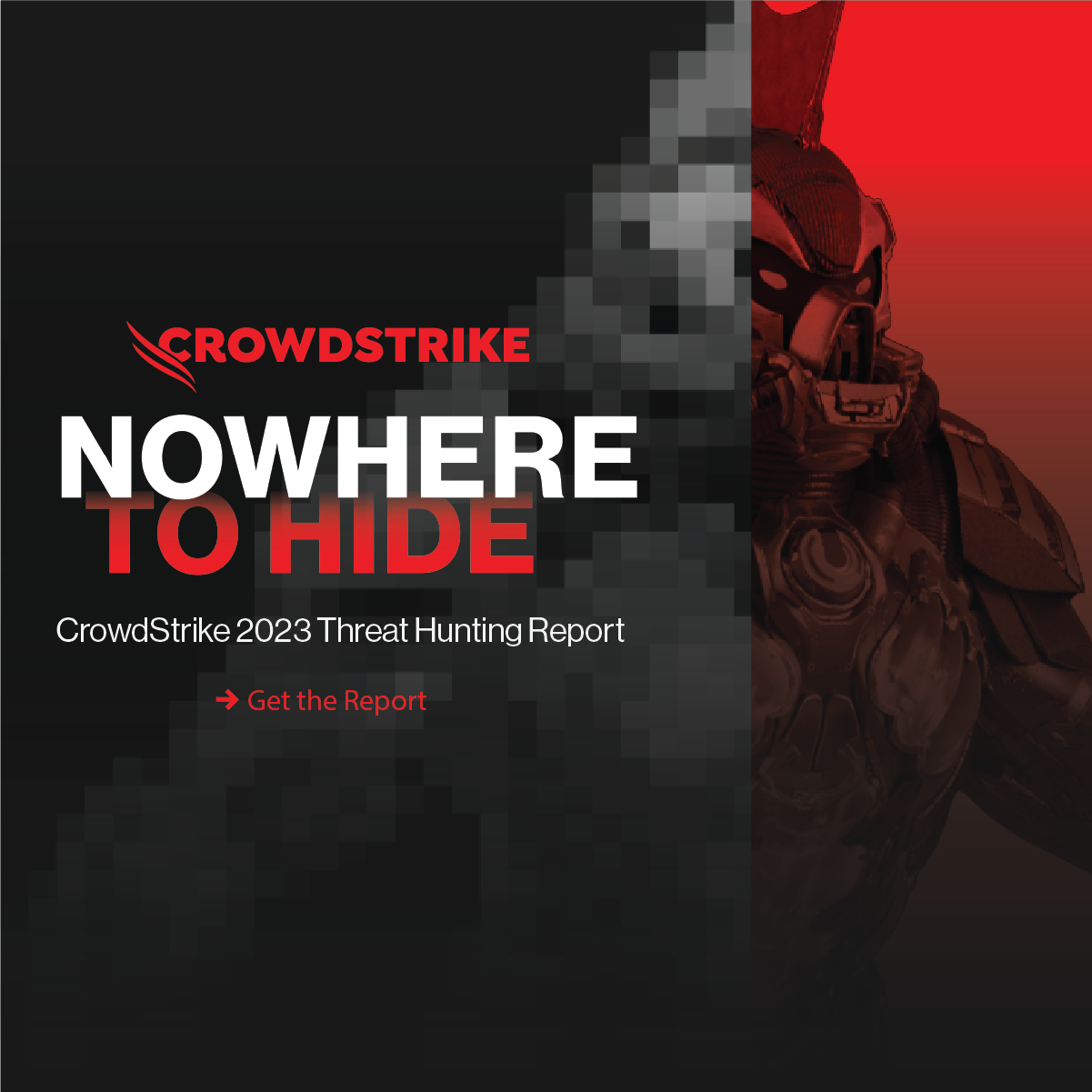Understanding IOA (Indicator of Attack)
In the realm of cybersecurity, where new and advanced threats emerge daily, the early detection and identification of potential security threats are crucial. Recognizing an ongoing attack promptly can make the difference between a routine post-incident evaluation and a severe security breach resulting in significant exposure of sensitive data.
Indicators of Attack (IOAs) play a critical role in this process. They are indispensable tools for the early identification of threats. For security professionals and teams aiming to safeguard their digital assets effectively, comprehending the significance of IOAs is essential.
This article delves into the key concepts of IOAs: their definition, importance, and how they differ from Indicators of Compromise (IOCs). It also discusses the role of Artificial Intelligence (AI) in enhancing IOAs. Let’s explore these topics, beginning with the fundamentals.
Essential Understanding of IOAs
IOAs are distinctive signs or activities that indicate a potential cybersecurity threat or ongoing attack. While traditional security measures tend to react to attacks, IOAs take a proactive approach, playing a crucial role in the early stages of threat detection by aiming to recognize and mitigate threats before they escalate.
Given the increasing sophistication of modern cyber threats, the ability to detect an attack in its early stages is invaluable. Security teams rely on IOAs to shield sensitive data and systems against advanced threats like APTs, zero-day exploits, and other evolving cyber risks.
While IOAs focus on identifying signs of an ongoing attack, IOCs concentrate on indications that a security breach has already occurred, serving as evidence for investigators. They include details such as unusual network traffic, user account anomalies, log events, and changes in file integrity.
IOCs are crucial for understanding and mitigating the impact of an attack, while IOAs are key to preventing such breaches in the first place.

2023 Threat Hunting Report
In the 2023 Threat Hunting Report, CrowdStrike’s Counter Adversary Operations team reveals the latest adversary tradecraft, offering insights to thwart breaches.
Download Now
Different Categories of IOAs
IOAs can be broadly classified into various types, each indicating different aspects of a potential cyber threat.
Anomalous Network Activities
These IOAs involve peculiar patterns in data flow or unexpected external communications that deviate from the norm. For example, a sudden spike in data transferred to an unknown IP address could signify a potential threat. Network administrators must remain vigilant about such anomalies as they often precede more prominent cyberattacks like data breaches or system infiltrations.
Suspicious User Behavior
Security teams should watch for activities such as logins at odd hours, repeated attempts to access restricted areas, or a surge in data access requests. These behaviors may indicate compromised user accounts or insider threats.
Maintaining continuous monitoring of user behavior is critical for identifying these IOAs early and preventing potential insider threats or limiting the damage from compromised user credentials.
System-Level Indicators
These IOAs encompass unexpected changes in file integrity, unauthorized modifications to system configurations, or the installation of unknown software. Such indicators often suggest an attacker’s attempt to establish foothold in the system. Early detection of these system-level changes can thwart further exploitation, halting attackers in their tracks.
Regular system audits and real-time monitoring prove to be effective strategies for detecting these types of IOAs.
Role of IOAs in Proactive Cybersecurity
IOAs are pivotal in the early detection of cyber threats, a critical aspect in the fast-paced digital landscape where timing is crucial. By identifying IOAs as potential attacks in progress, organizations can promptly respond to threats, often before any substantial damage occurs. This proactive approach enables organizations to swiftly address threats rather than deal with repercussions post-incident.
Moreover, IOAs aid in strategic response planning. With a clear understanding of the attack type and severity, organizations can tailor their response strategies more effectively, saving time and resources while bolstering overall security.
IOAs also assist organizations in risk assessment and management. By evaluating IOAs, organizations can assess and prioritize risks, ensuring efficient allocation of resources to address critical threats first. This strategic utilization of IOAs not only strengthens defenses but also streamlines cybersecurity risk management processes.
The Impact of AI on IOAs
The integration of AI into IOA development represents a significant leap forward in cybersecurity, leading to AI-powered IOAs. By deploying advanced techniques to analyze extensive data, Machine Learning (ML) models continuously learn and adapt to new and evolving attack patterns. This enhances the precision of IOAs, ensuring the system remains effective in combating rapidly changing cyber threats.
The benefits of AI-powered IOAs include:
- Faster Detection: AI algorithms process and analyze data at a speed unmatched by human analysts, swiftly identifying potential threats.
- Automated Prevention: AI enables automated responses to detected threats, facilitating immediate actions without human intervention.
- Reduced False Positives: AI systems can be trained to differentiate normal activities from genuine threats accurately, significantly reducing false alarms and enabling security teams to focus on real threats.
Concluding Remarks
Comprehending and effectively leveraging IOAs is essential for proactive security measures. In addition to early threat detection, IOAs help organizations in strategic response planning and risk management. The incorporation of AI into IOA development further enhances their potency and efficacy.
The CrowdStrike Falcon® platform harnesses AI-powered IOAs by training cloud-native ML on telemetry from the CrowdStrike® Security Cloud and combining it with insights from CrowdStrike’s network of threat hunting teams. As cyber threats evolve in complexity and volume, more organizations are turning to the CrowdStrike Falcon platform for AI-native early threat detection and defense to fortify their security postures.
To explore how the Falcon platform offers leading-edge technology in cybersecurity threat detection and response, delve into the CrowdStrike 2024 Global Threat Report or try the platform for free today.


